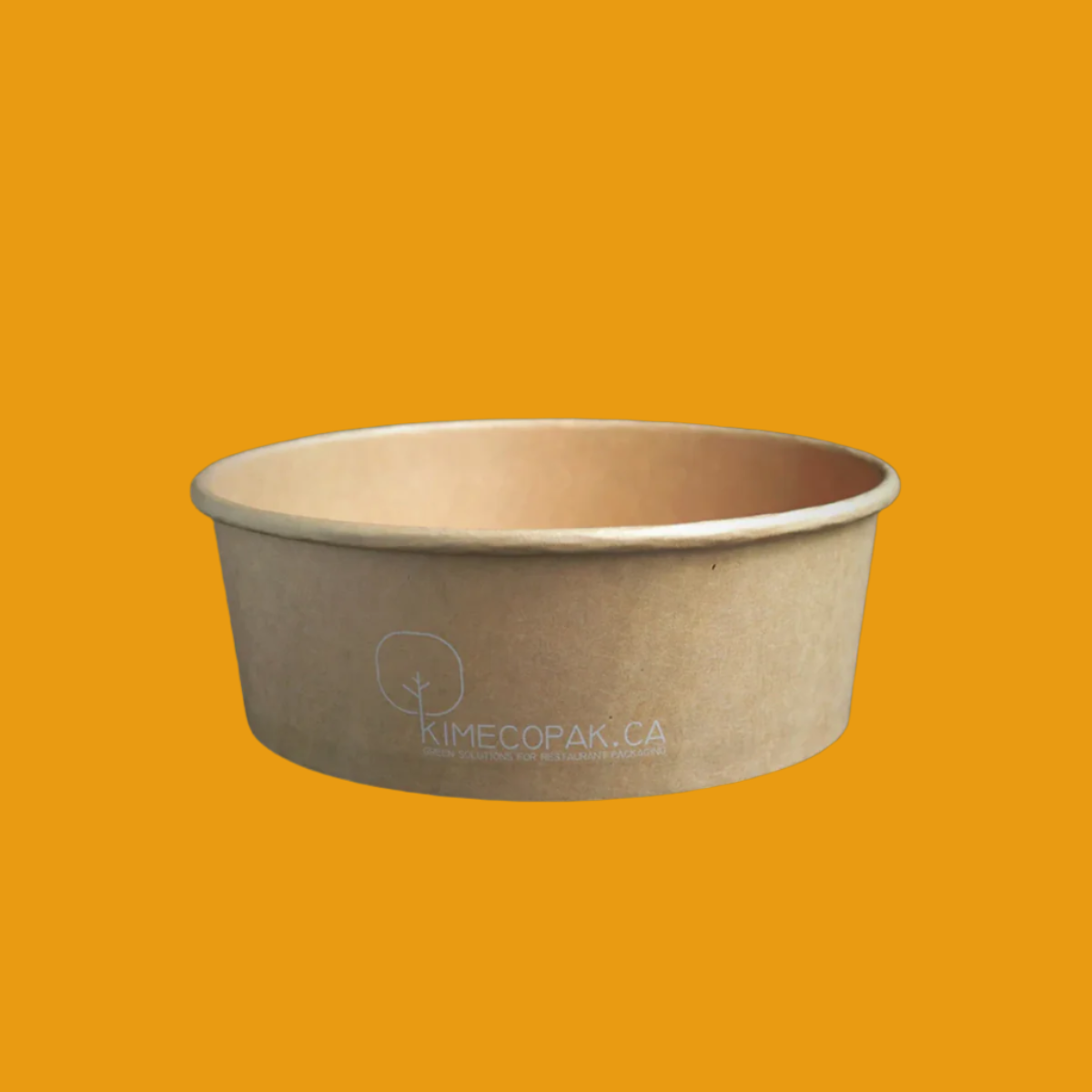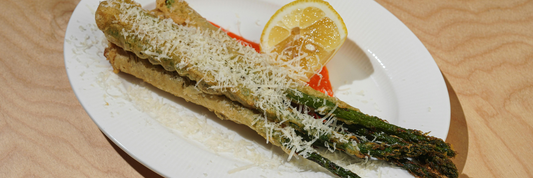How much does it cost to open a small restaurant? The answer isn’t simple, but on average, you can expect to spend anywhere from $175,000 to $375,000 depending on location, concept, and size. Before diving in, it’s essential to understand the key expenses that can shape your budget and impact your success.
- How to Open a Breakfast Restaurant: The Complete Step-by-Step Guide to Morning Success
- How to Start a Sushi Restaurant: The Ultimate Step-by-Step Guide to Launching Your Dream Business
- How to Write a Restaurant Business Plan That Actually Works
Small Restaurant Startup Costs: A Complete Overview

Opening a small restaurant is a dream for many food enthusiasts and entrepreneurs. However, understanding the financial commitments involved is crucial for success. The average total cost to open a small restaurant typically ranges from $175,000 to $375,000. This variance depends largely on factors like location, size, and concept.
Overall, costs can span from around $95,000 to over $2 million, depending on unique considerations like food concept and local market dynamics. On a per square foot basis, the costs typically range from $100 to $800, with an average being around $450 per square foot.
Detailed Breakdown of Restaurant Startup Costs

When it comes to estimating startup costs, it's essential to consider multiple variables. Here’s a detailed look at what you'll need to invest in.
Rent and Leasing Costs
Rent is one of the largest ongoing expenses for a restaurant. Monthly rent can range from $2,000 to $12,000, generally making up 5–10% of total monthly expenses. The influencing factors for rent include:
- Location: Prime spots with high foot traffic typically cost more.
- Size: Larger spaces often lead to higher rents.
- Restaurant Type: Some concepts may demand specific settings that can affect lease rates.
Renovation and Interior Design Costs
Your restaurant's ambiance and functionality are pivotal for attracting and retaining customers. Expect to allocate between $10,000 and $100,000 for renovations, depending on the current condition of the space and the desired aesthetic. Consider the following for your budget:
- Interior Décor: This includes everything from furniture to lighting. Sustainable space designs may have higher initial costs but can save on energy in the long run.
Kitchen Equipment and Furniture
Equipping your kitchen and dining area is vital for operational efficiency and customer experience.
- Kitchen Equipment: The cost for essential kitchen appliances like ovens, refrigerators, and prep stations generally ranges from $40,000 to $200,000.
- Furniture: Don't forget about the costs of tables, chairs, and service counters, which should be factored into your total spend.
Licenses and Insurance
Proper licenses and adequate insurance are non-negotiable for operating legally and safely.
- License Fees: Expect to invest between $5,000 and $15,000 for necessary business licenses, food safety permits, and any alcohol permits.
- Insurance: Comprehensive coverage is crucial, encompassing property, liability, and worker-related protection.
Staffing Costs
The strength and quality of your team play a substantial role in your restaurant's success.
- Hiring Expenses: Wages for chefs, servers, and managers should be anticipated within your budget.
- Training Costs: Adequate onboarding and service training are vital for maintaining service quality and staff morale.
Marketing and Technology Costs
Effective marketing and technology infrastructure can bolster your restaurant’s visibility and operational efficiency.
- Marketing Budget: Allocate between $5,000 to $10,000 for your grand opening, advertisements, and social media presence.
- Tech Investment: Consider the cost of point-of-sale (POS) systems, management software, and website development, as these tools will help streamline service and operations.
Initial Operating Costs
While preparing to launch, it's essential to budget for initial operating expenses that will sustain your restaurant until it becomes profitable.
- Food Inventory: Ensure you stock up on ingredients, beverages, and other consumables necessary for daily operations.
- Utilities: Utility costs, including electricity, water, gas, and internet services, must be accounted for.
- Contingency Fund: Set aside extra funds for unexpected expenses or market changes.
Key Factors That Influence Restaurant Startup Costs

Business Model: Dine-in, Takeout, or Ghost Kitchen
The business model you choose is a primary factor that influences startup costs. A dine-in restaurant typically requires more investment due to the need for a larger space, furnishings, and decor. In contrast, a takeout-only establishment can operate with a smaller footprint and reduced overhead costs. Ghost kitchens, which focus exclusively on online orders, can further minimize costs by avoiding front-of-house expenses altogether. When deciding on a model, think about your target market and how each option aligns with their preferences.
Location: Urban Center, Suburb, or Rural Area
Location plays a crucial role in the overall cost. Urban centers usually come with higher rent but offer greater foot traffic and diversity of customer demographics. Suburban areas might have more affordable rent, though customer volume may vary. Rural regions often present even lower startup costs but can limit your potential customer base. It's essential to consider both rental costs and the potential for customer engagement when deciding where to set up shop.
Size of the Restaurant: Seating Capacity and Square Footage
The size of your restaurant will directly impact your startup costs. A larger space often means higher rent, more furniture, and additional staff. Conversely, a smaller restaurant can mean lower initial investment but could also limit your revenue potential. Analyze your business plan carefully to establish the right balance between comfort and capacity.
Technology Use: Automation to Reduce Staffing Needs
Embracing technology can influence startup costs significantly. Utilizing automated systems not only reduces the need for a large staff but can also streamline operations and enhance customer experience. Point-of-sale systems, delivery management platforms, and inventory tracking software are just a few examples of how investing in technology can lead to cost savings in the long run.
Tips for Reducing Startup Costs

Buy Secondhand Equipment: Save on Upfront Investments
Purchasing secondhand kitchen and restaurant equipment can lead to substantial savings. Many reputable businesses sell their used equipment at significant discounts, which can help you obtain items like ovens, refrigerators, and dishwashers without breaking the bank. Ensure that you inspect the condition of each piece and consider warranties where possible to protect your investment.
Lease Spaces with Existing Infrastructure: Minimize Renovation Costs
Securing a leased space that already has the necessary infrastructure can save you considerable money on renovation. Look for locations that have previously operated as restaurants, as they may come equipped with kitchens, plumbing, and electrical systems suitable for your needs. This not only cuts down on initial costs but also allows for a quicker opening date, enabling you to start generating revenue sooner.
Use Eco-friendly Packaging: Appeals to Environmentally-Conscious Customers and Supports Sustainable Branding
Utilizing eco-friendly packaging may seem like a minor expense, but it can have a positive long-term impact on your brand's image. Customers increasingly prefer businesses that prioritize sustainability. By choosing biodegradable or recyclable materials, you can create a differentiated offering that attracts a loyal customer base while also adhering to eco-conscious practices.
Leverage Technology: Streamline Operations with Digital Tools
Digital tools can be your ally in reducing costs. Inventory management systems, scheduling software, and customer relationship management systems enable you to operate more efficiently, saving you both time and money. Implementing these technologies from the start can prevent common pitfalls that many new restaurant owners face, leading to smoother operations and a more profitable business model.
Conclusion
Total cost summary: Opening a small restaurant typically ranges from $95,000 to over $2 million, depending on a myriad of factors such as location, size, and business model.
Careful budgeting and thorough planning are essential in navigating the financial landscape of restaurant ownership. Establishing a detailed business plan that considers all aspects of startup costs can help you make informed decisions and avoid unexpected expenses.









